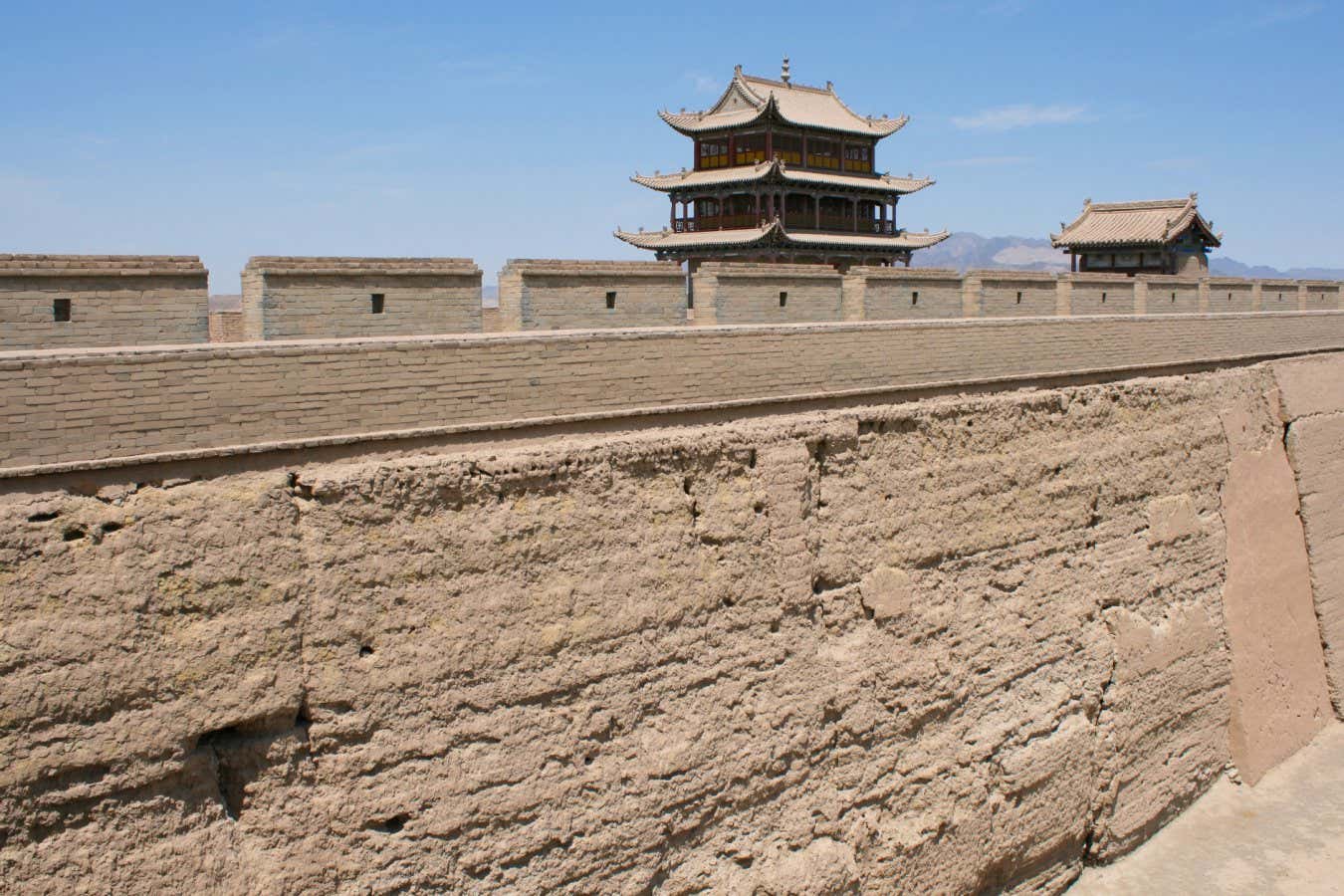Much of the Great Wall of China is covered in a biocrust of lichen, moss and cyanobacteria – it turns out this isn’t slowly destroying the wall, as was previously thought, but is slowing its degradation
By James Woodford
8 December 2023
A section of the Great Wall of China made with rammed earth
AtthameeNi/Shutterstock
The Great Wall of China is being protected from erosion by a “biocrust” of moss, lichen and cyanobacteria, much as the wall once shielded the country from northern invasions.
The wall, built and rebuilt many times between about 200 BC and the Ming dynasty, which lasted from 1368 until 1644, once stretched for more than 8800 kilometres. Today, however, less than 6 per cent of its total length remains well-preserved, and over half has either vanished or become severely deteriorated.
Many sections of the wall were built with rammed earth, which is when natural materials including soil and gravel are compacted to create structures.
Advertisement
Read more
Construction robot builds massive stone walls on its own
Bo Xiao at the China Agricultural University in Beijing and his colleagues have sampled a 600-kilometre-long section of the wall and found that more than two-thirds of it is covered in biocrust.
The team found that the layer of lichens, mosses and cyanobacteria contributes to strengthening the wall, keeping it dry and protected from wind and water erosion. The biocrust also acts as an insulator, reducing temperature extremes and lowering the effects of salinity.
